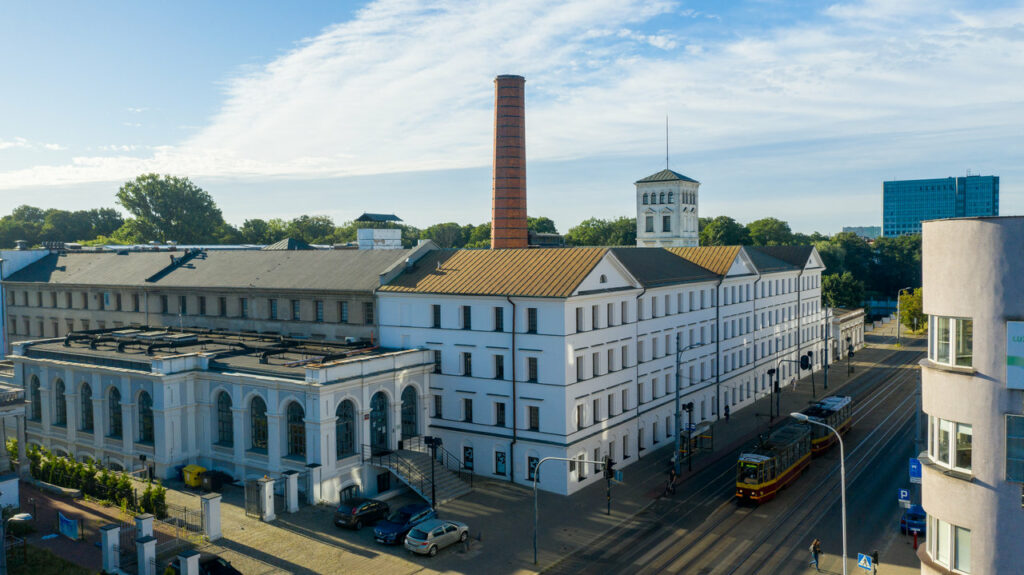Engine House
Piotrkowska 282


It may be hard to believe today, but the sophisticated and sleek pavilion adjacent to the northern wing of the White Factory along Milionowa street is not some winter palace garden but actually an engine house. The building, erected in 1899, boasts a rich Neo-Renaissance design, in which very large windows crowned with semicircles are the distinctive feature. These are surrounded by decorative, profiled frames. A series of pilasters lend the façade a sense of rhythm and the top of the building is crowned by a protruding cornice.
This facility was built to accommodate the demands of the modern era, when electric machinery was replacing steam engines. To place it near the factory halls, it was necessary to utilize a section of the garden which was a part of the nearby villa inhabited at the time by Helena Geyer. It was a period of significant technological investment and development. Textile factories were growing so quickly that the number of looms used in the cotton industry across the Kingdom of Poland increased by over 60% between 1900 and 1914. Experiments aiming to convert electrical energy into mechanical energy to power factory machinery began in 1895. Even before the Łódź Power Plant started operating in 1907 and before a network of powerlines spread across the city, small power plants were built at some of the textile factories. The Geyer factory was one of the first to employ such an innovative solution. At the beginning of the 20th century, a power station consisting of so-called Schmidt generators, dynamos and electric motors was built here – having a total engine output of 1600 HP. After the war, the building would be used to sustain people instead – it became the factory cafeteria.

